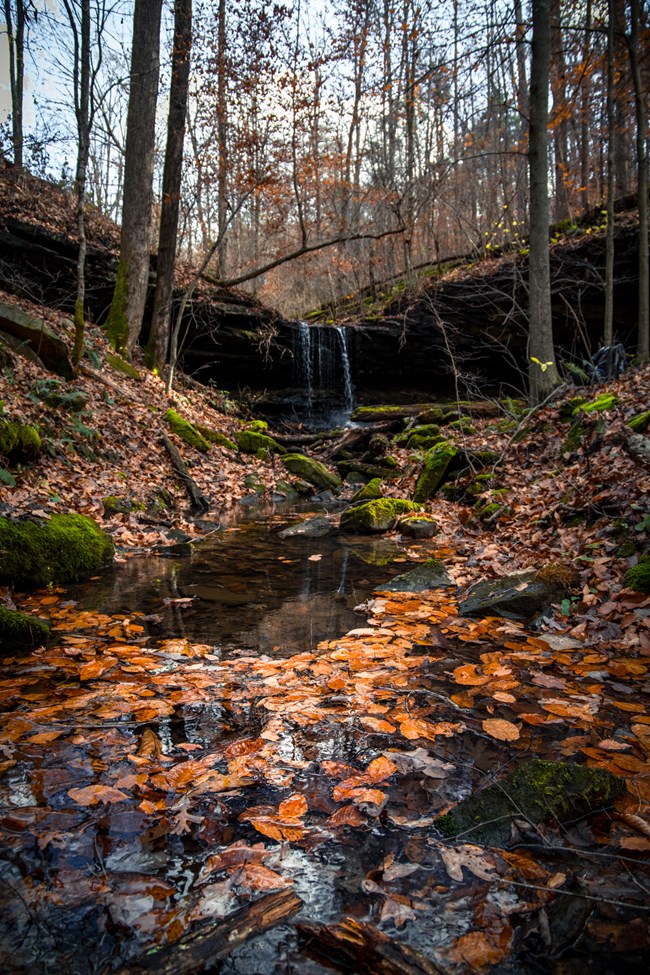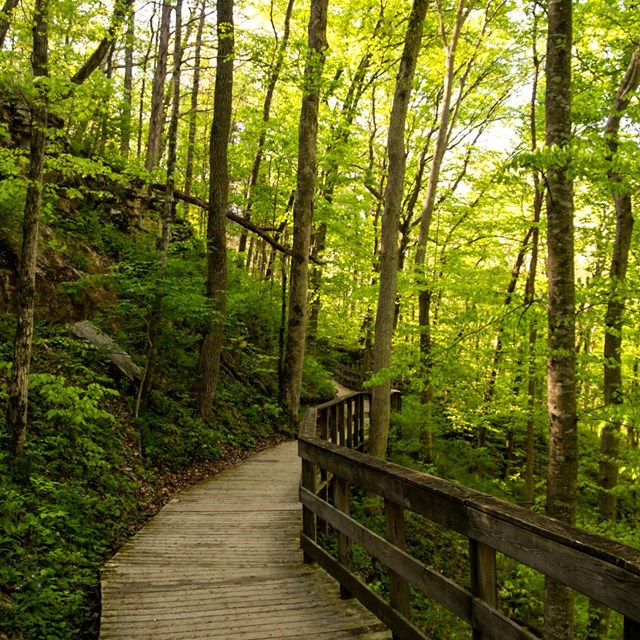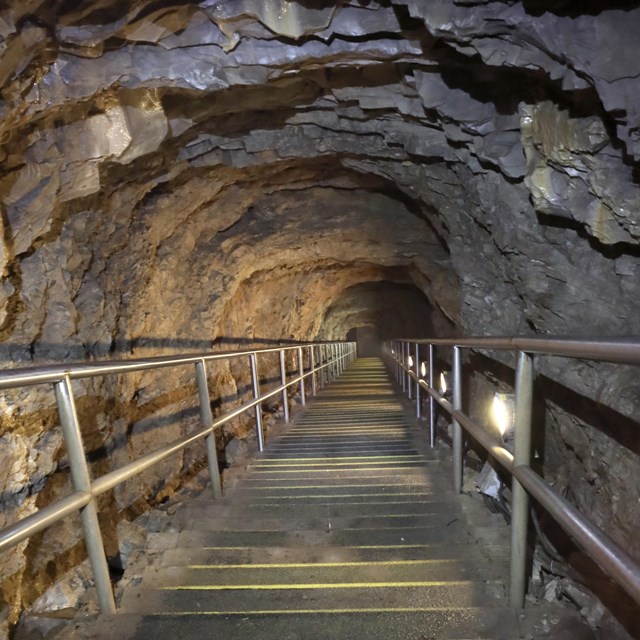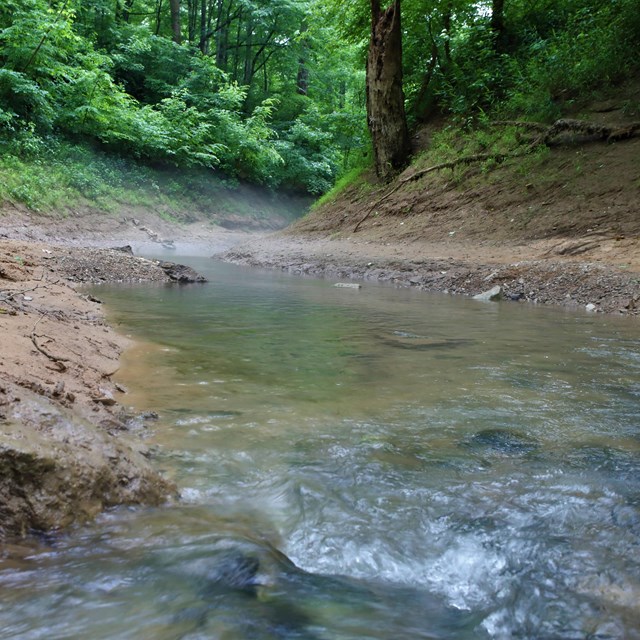
NPS Photo/ Kait Evensen There are two broad ways to characterize ecosystems in the park: aquatic versus terrestrial, and surface versus underground.
Terrestrial habitats in the park include
Geology plays a dominant role in all these ecosystems. Rivers and cave streams cut through the landscape, natural depressions in sandstone on uplands collect rainwater, southwest facing limestone slopes are baked by the sun, and in the southeast part of the park – world class karst including the longest cave in the world.
|
Last updated: November 4, 2021



